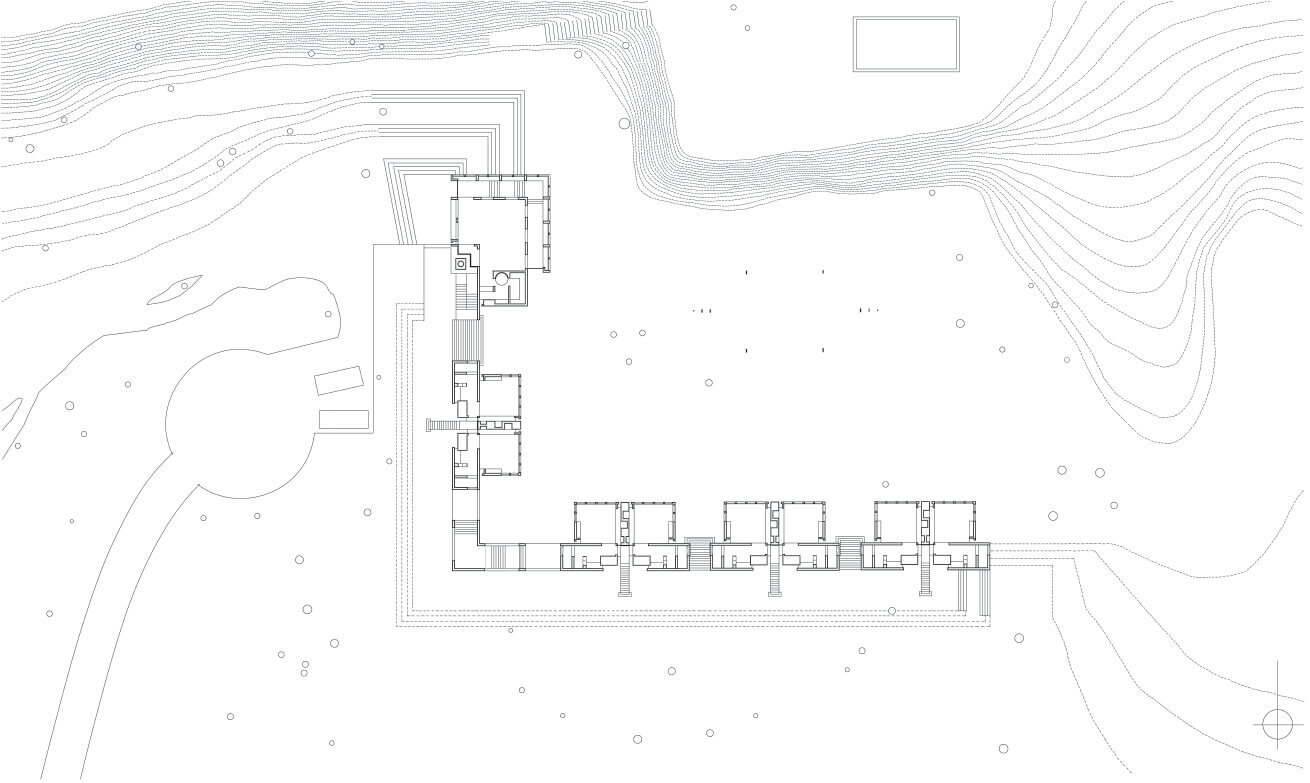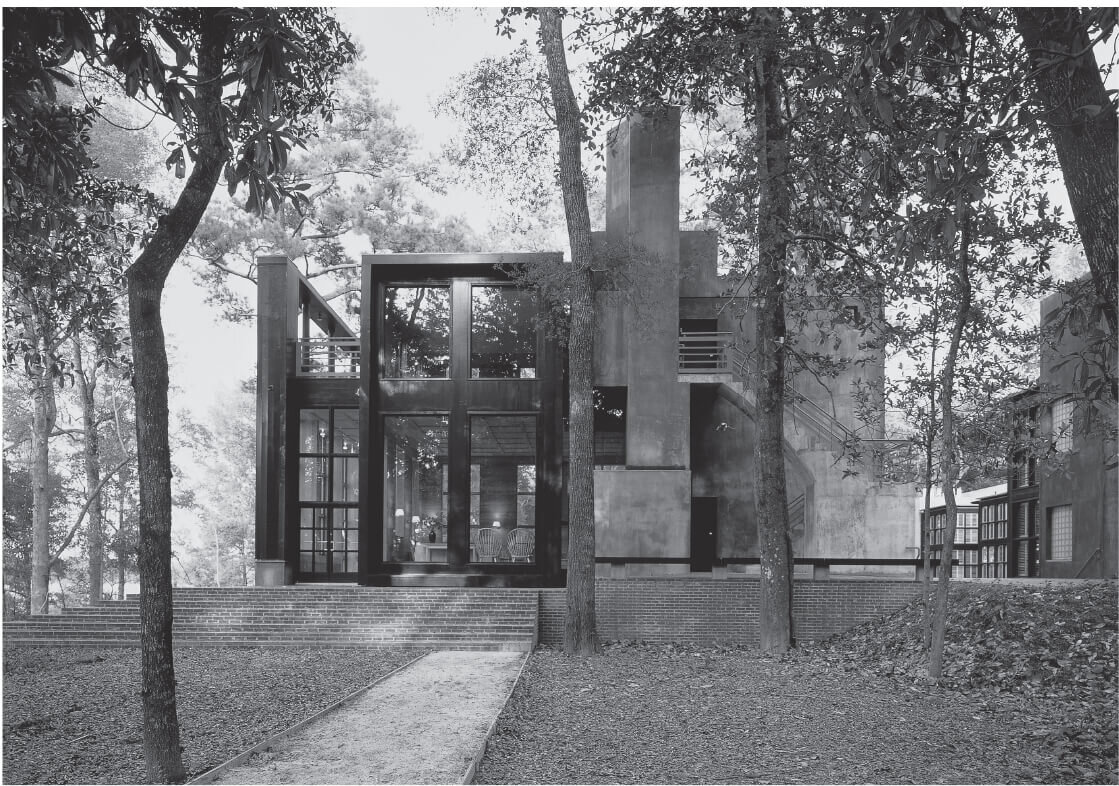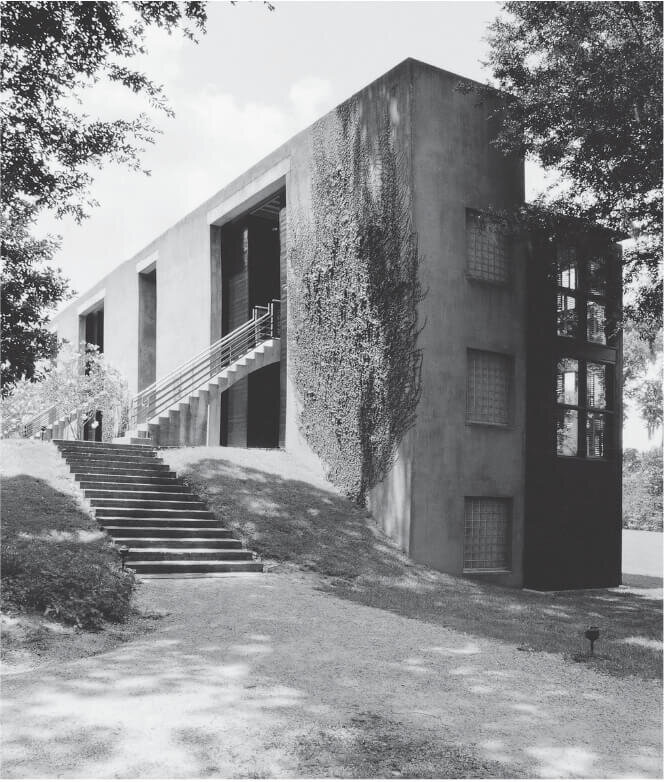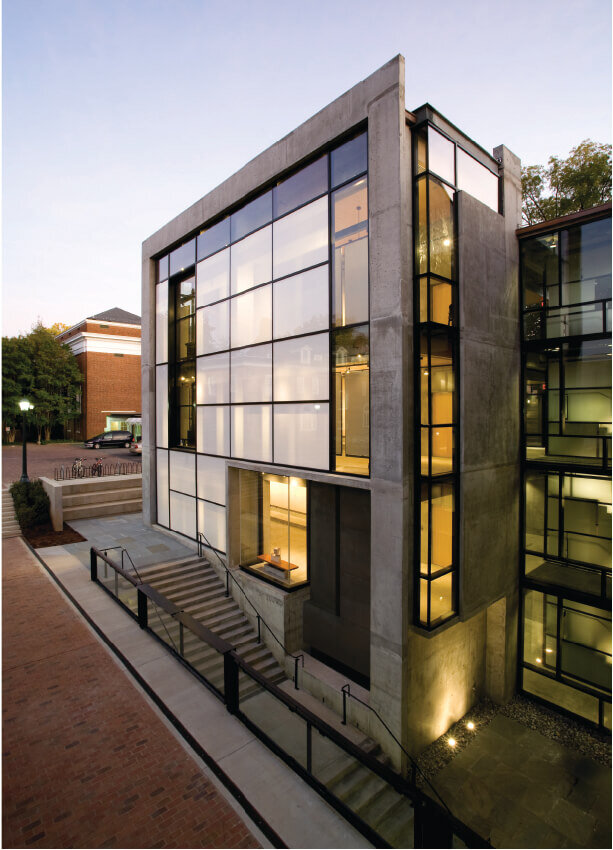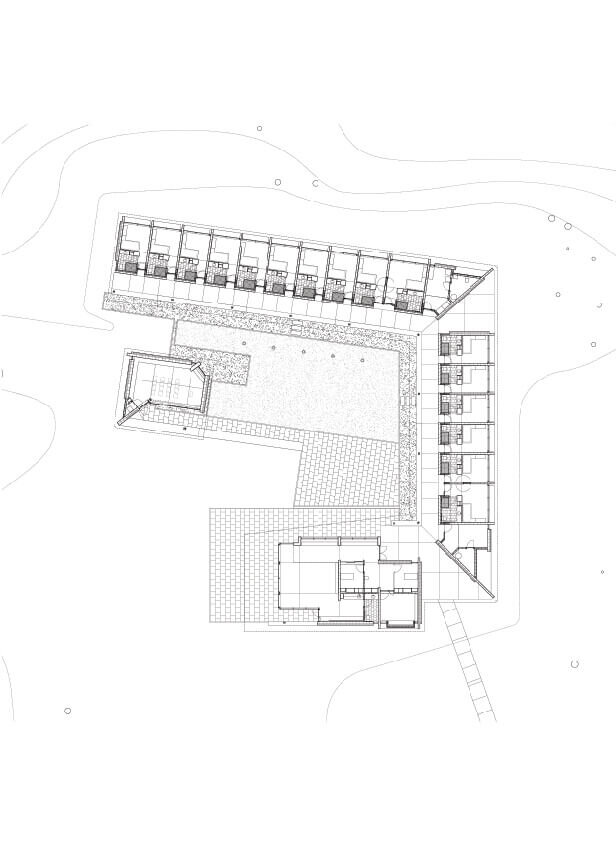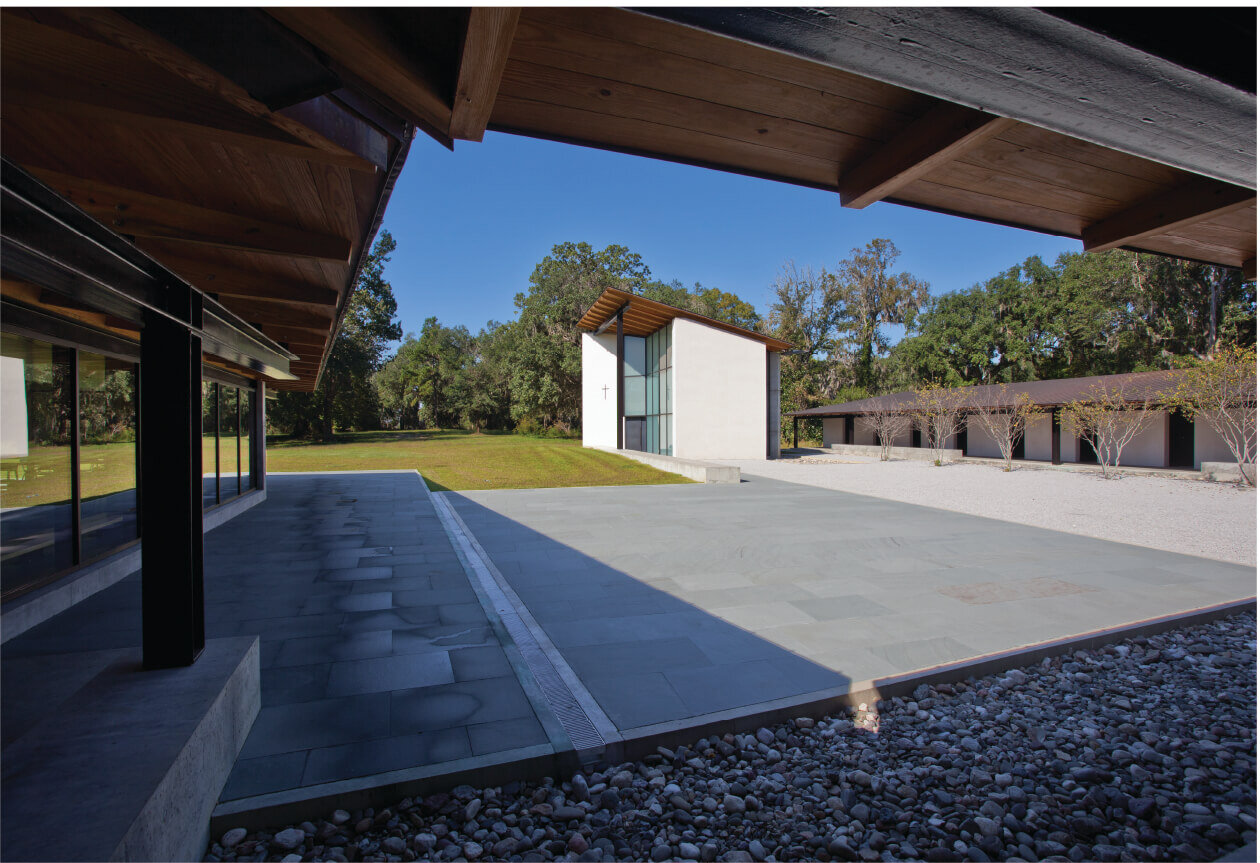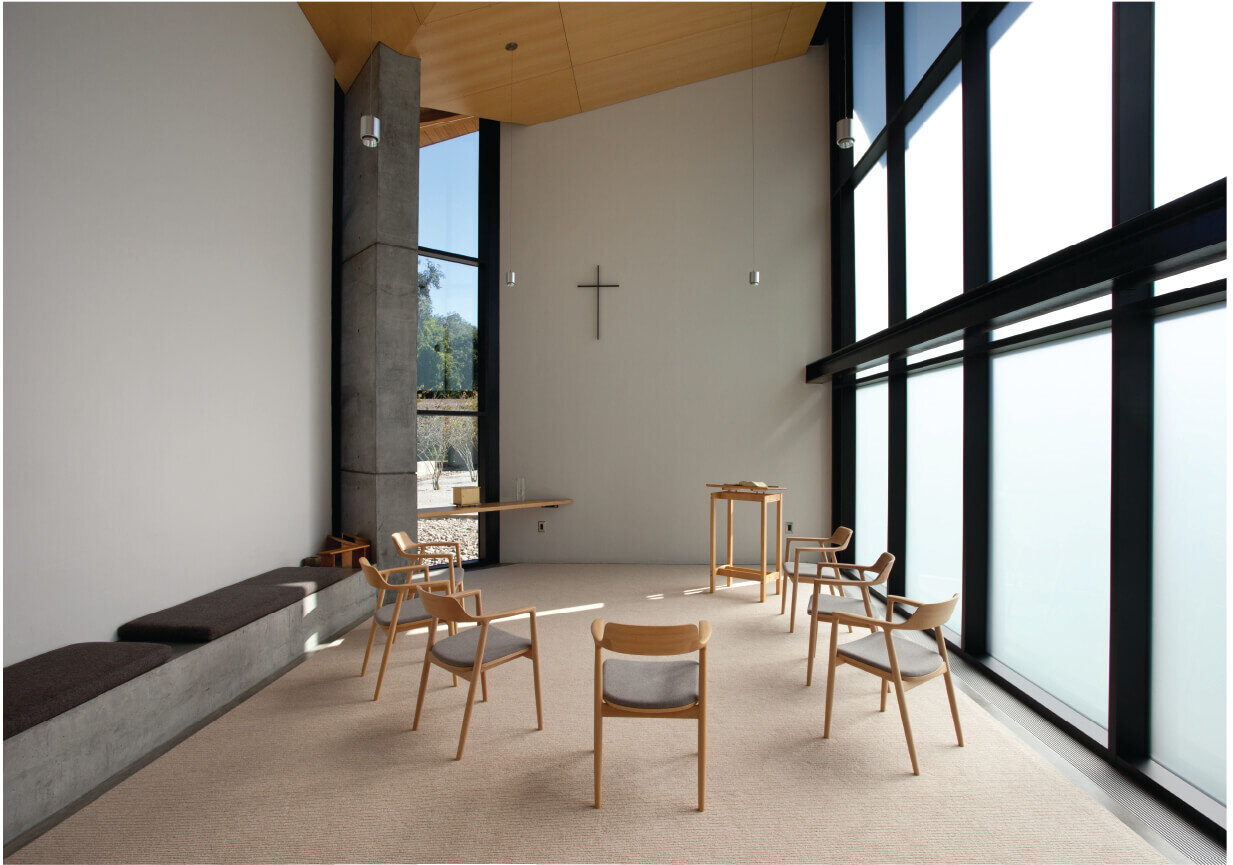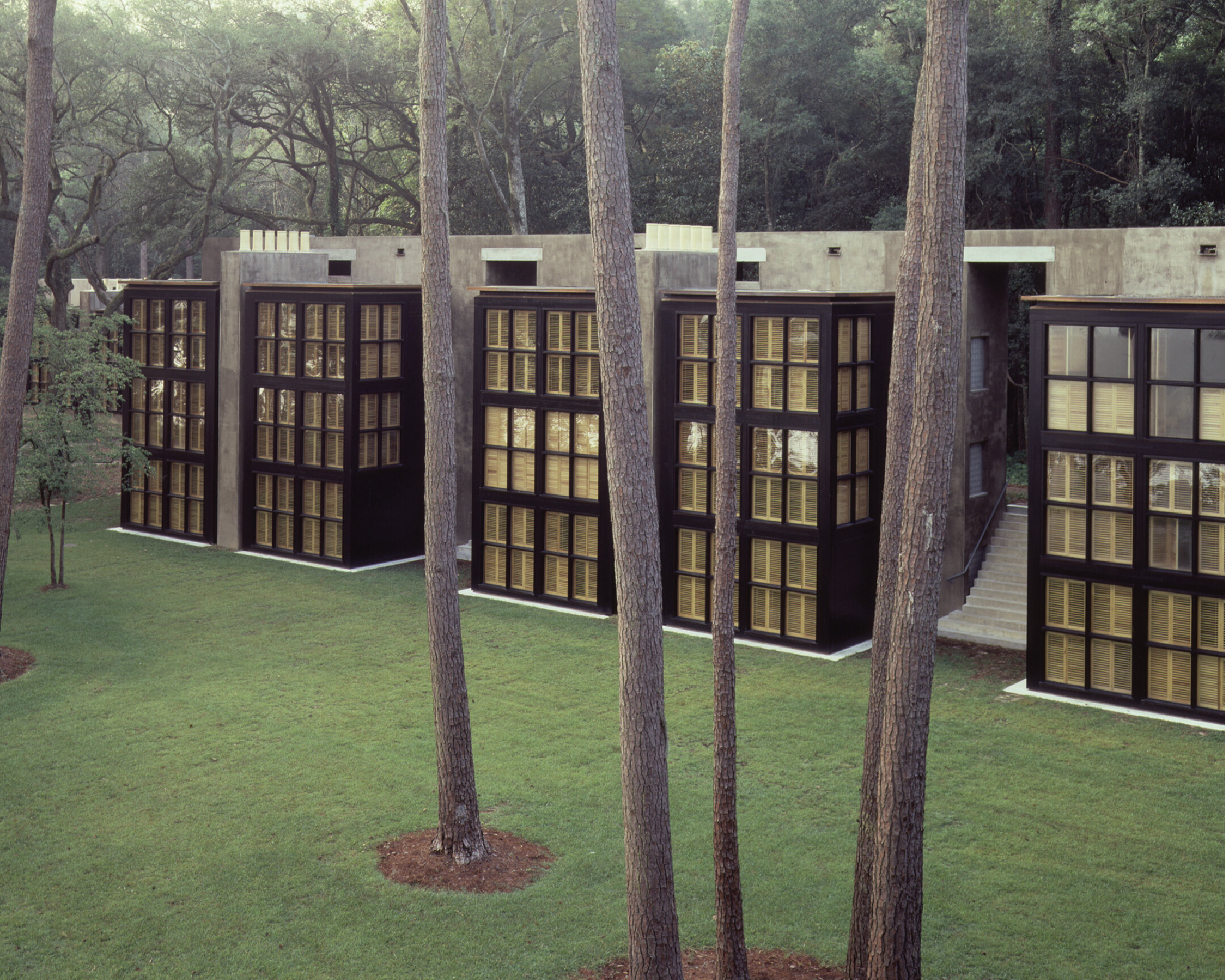
WG Clark, Architect
Charlottesville, Virginia / Charleston, South Carolina
Lessons of Constraints: Charleston, South Carolina affords two important lessons about architectural design as related to a specific place. One is cultural, the other natural.
Charleston is a place of strongly rooted building traditions, consistent topology of forms, and a determination to preserve its historic appearance. Building design has to relate not only to the established and beloved formal context, but also to a very narrow tolerance of the new. This protection offers a severe constraint on the modernism to which we were both politically and aesthetically devoted. How to add to a beautiful place respectfully and critically. And how to prove that modern did not mean alien. This resulted in intense study regarding how to make new things fit, to belong. It meant that it was necessary to learn the history of the city to know its underlying principles of design: order, proportions, textures, materials, details, responses to climate, and, of course, light. Only then could new work be infused with sympathetic character and sensibilities without simply aping old styles. Our modern buildings sought to explore the characteristics inherent in the place, both natural and cultural, in search of a critical fit. Fit: not stylistic reference, but a reverence for the qualities that distinguish the Low Country as a place. Lesson one involved respecting a place.
Lesson two was related not so much to formal design as it was to construction. Despite a calm, idyllic appearance, Charleston is a very difficult place in which to build. It has poor soil, earthquakes, hurricanes, salt air, harsh sun, and Formosan termites. Almost nothing is built without careful soil analysis (pilings can be a hundred feet long); windstorms destroy buildings; it is the second worst seismic zone in the country. Coastal salt air destroys normal hardware in weeks; the sun eats finishes; and the termites eat the wood. This is not the place for amateur, negligent builders. Nor is it the place for normal modern Minimalist detailing. But it is a place for young architects to learn respect for nature, and for what it means to build.
What valuable lessons: the constraints of both a stubborn Culture and a stubborn Nature, to be learned from in the effort to prove that a modern building could belong to its place.
